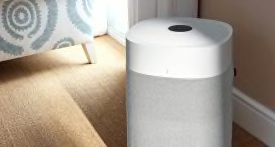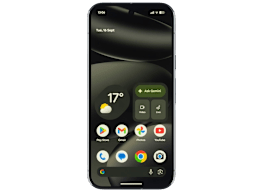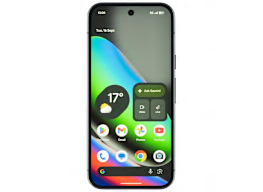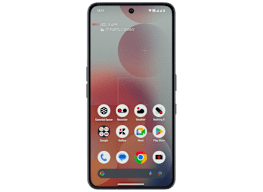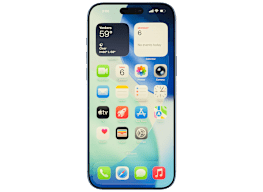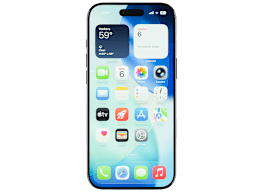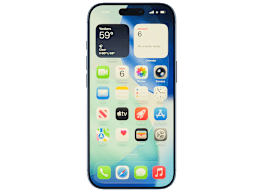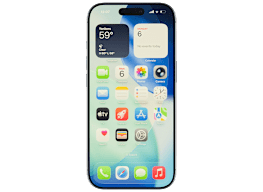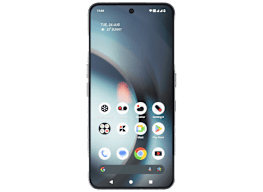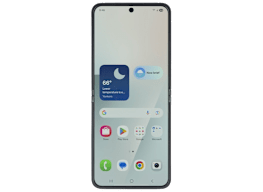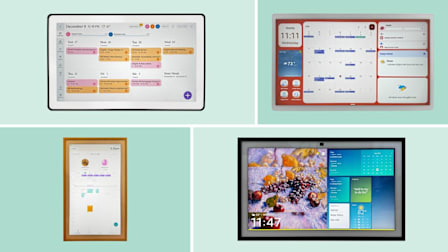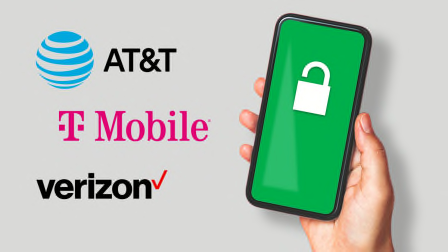5 of the Coolest Things About Samsung’s Z Series Foldable Phones
Samsung now offers the Galaxy Z Fold7, Flip7, and budget Flip7 FE. Expect bigger screens, thinner frames, and a whole lot of AI.
When you shop through retailer links on our site, we may earn affiliate commissions. 100% of the fees we collect are used to support our nonprofit mission. Learn more.

Samsung’s latest Z Series foldable phones are here. The Galaxy Z Fold7, Flip7, and budget-minded Flip7 FE have bigger screens and thinner frames. And they’re built to showcase Samsung’s multiplying Galaxy AI features, including the ability to chat with Google Gemini about what you see with the camera, smarter photo editing, and more customized Now Brief daily summaries.
As in the past, Samsung’s premium foldable phones are pricey. The Galaxy Z Fold7 starts at $1,999, $100 more than the debut price of the Galaxy Z Fold6 last year. The Galaxy Z Flip7 and Flip7 FE start at $1,099 and $899, respectively.
Here are the highlights from the Z Series debut.
A Significantly Slimmer Galaxy Z Fold
The Fold’s large, tabletlike screen is now even bigger.
A Wider Flex Window on the Flip7
On the pocket-sized Flip7, the popular front-facing “flex window” is quite a bit bigger than its predecessors, too. Samsung ditched the black border, allowing the front display to run edge-to-edge instead. It now measures 4.1 inches compared with last year’s 3.4 inches. That makes it easier to respond to notifications or interact with widgets, like your playlist or Now Bar, without opening the phone. (Custom wallpapers—which AI can now help you optimize using your own photos, Samsung says—also look even better, I think.) And when the Flip7 is open, you get a sleek, 6.9-inch screen that earns a near-top score from CR’s experts and is the same size as the Samsung Galaxy S25 Ultra.

Photo: Samsung Photo: Samsung
A 200MP Camera on the Fold7
The Fold7 now gives you a 200-megapixel main rear camera, going head-to-head with the premium camera on the S25 Ultra. That’s a decent leap from the previous Fold6’s 50-megapixel camera, allowing for brighter and clearer photos and videos. Samsung is promoting a few other camera improvements, too—like improved nighttime videography and a move from 8-bit to 10-bit HDR, which should allow for richer color and deeper contrast. Overall, CR’s experts deem the Fold7’s camera as more impressive than the one on the previous Fold6, but it still doesn’t outperform Samsung’s flagship S25 Ultra.

Photo: Samsung Photo: Samsung
Easier Access to Google Gemini
Previously, you had to open your Galaxy Z Flip phone to ask Google’s Gemini Live a question. Now it’s a bit easier: You can hold down the side button and chat with the AI-enabled digital assistant within the flex window, with the phone still closed. It’s not a groundbreaking improvement, but it’s another example of Samsung working to integrate AI in its devices.
You’ll be able to share your screen or camera with Google Gemini to ask questions about what’s in front of you, use Audio Eraser to remove unwanted background noise across a wider variety of apps, or use the Circle to Search tool within video games to get helpful hints. These AI-enabled features are coming along with the move to One UI 8.
A Cheap(er) Foldable in the Flip7 FE
Sure, Samsung’s foldable phones are cool—but they’re certainly not cheap. The Fold7 now costs $2,000, $100 more than the starting price of last year’s Fold6. But Samsung now offers a slightly more affordable option for the first time: The Samsung Galaxy Z Flip7 FE—or “Fan Edition”—starts at $899, $200 less than the Flip7.
The FE has the same compact clamshell design, camera system, and full suite of Galaxy AI features as the Flip7, but it comes with the smaller displays of the Flip6, a less powerful processor, and fewer color options. But those trade-offs might be well worth the discount, especially because the Flip7 FE ranks only a few points behind the Flip7 in CR’s ratings.
Shopping for a Foldable Phone?
CR members can see full test results for the Samsung Galaxy Z Fold7, Flip7, and Flip7 FE within our smartphone ratings, as well as results for other foldable phones from brands like Google and OnePlus. Each smartphone’s score incorporates metrics like battery life, camera performance, durability, display quality, and more.











